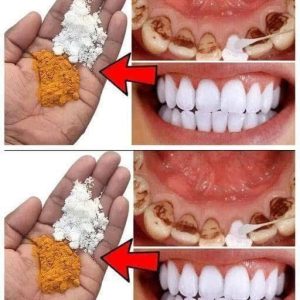Night driving presents challenges that differ dramatically from those encountered during the daytime. While traffic may often be lighter and roads seemingly more open, visibility is greatly reduced. Streetlights can create uneven illumination, shadows obscure obstacles, and oncoming vehicles’ headlights frequently cause blinding glare. This glare is not only uncomfortable but can be dangerous. It can temporarily impair a driver’s vision, slow reaction times, and increase the risk of accidents. According to traffic safety experts, even experienced drivers can be caught off guard by sudden bursts of bright light reflecting off mirrors, wet roads, or metallic surfaces.
One of the most common hazards at night is glare from the headlights of vehicles behind us. This glare can cause a halo effect, reduce contrast, and make it difficult to see details in the rearview mirror. For drivers, prolonged exposure to glare leads to eye fatigue, squinting, and distraction—factors that can be just as dangerous as driving under the influence or while drowsy. Yet, the solution to this problem is often simple, hidden in plain sight: a secret button or lever built into the rearview mirror.
This feature has existed for decades in various forms. On older vehicles, it is a small tab or lever located at the base of the mirror. When flipped, it changes the angle of the reflective surface, reducing the amount of light reaching the driver’s eyes. The effect is subtle but powerful: glare is diminished, making it easier to see the road ahead and objects in the distance without being blinded by lights from cars behind.
Modern vehicles have taken this concept a step further with the introduction of electrochromic rearview mirrors. These mirrors detect the intensity of light coming from behind the car using specialized sensors. Once the sensors register a bright light, the mirror’s surface automatically darkens. This process is reversible: when the bright light disappears, the mirror gradually returns to its normal reflective state. Electrochromic mirrors use a combination of advanced coatings and electrical currents to achieve this effect, all without requiring the driver to manually adjust anything. For many drivers, this automation adds convenience and ensures that glare reduction is always active when needed.
The impact of using this feature cannot be overstated. Statistics show that while most traffic accidents occur during the daytime, nighttime accidents are often more severe. Reduced visibility means that drivers have less time to react to sudden obstacles, pedestrians, or changes in traffic flow. Eye strain and fatigue caused by glare can worsen this problem. Specialists estimate that visual acuity can drop by up to 20 percent after dark, making it difficult to accurately judge distances and perceive hazards.
By simply activating the rearview mirror’s glare-reducing function, drivers can mitigate one of the most common risks of night driving. It is a small action with an outsized effect: eyes are less strained, vision remains clearer, and reaction times improve. In high-end vehicles, this technology extends beyond the interior mirror. Side mirrors can also be electrochromic, adjusting automatically to bright lights from trailing vehicles or street lamps. The latest trends in automotive technology even include digital rearview mirrors that incorporate cameras and screens. These systems adapt to varying light conditions and can filter glare in ways traditional mirrors cannot, providing an enhanced and safer driving experience.
Beyond safety, this feature improves comfort and reduces fatigue, allowing drivers to feel more relaxed and focused. In challenging driving conditions such as rain, fog, or snow, glare from headlights can become even more intense, further highlighting the value of this seemingly small but critical feature. Many drivers may not realize that the safety of their entire night driving experience can hinge on this simple adjustment, a reminder that sometimes the most important safety tools are built into components we take for granted.
Being aware of this feature—and using it consistently—can make a noticeable difference on every nighttime journey. It is a practical example of how small, thoughtful engineering decisions in vehicles can enhance safety and comfort. The next time you prepare to drive after dark, take a moment to locate that secret lever or check if your car has an auto-dimming mirror. You may find that a feature you never noticed before suddenly becomes one of the most valuable tools in your driving arsenal.
In conclusion, while headlights, brakes, and tires often receive most of the attention in driving safety discussions, the rearview mirror’s secret glare-reducing function deserves its place in every driver’s awareness. From manual tab adjustments to sophisticated electrochromic mirrors and digital systems, this feature addresses one of the most persistent and hazardous issues of night driving: glare from vehicles behind. By understanding and using this function, drivers protect their vision, reduce eye fatigue, and improve reaction times. In the world of automotive safety, sometimes the simplest solutions are also the most effective, and the rearview mirror’s hidden button is a perfect example.





